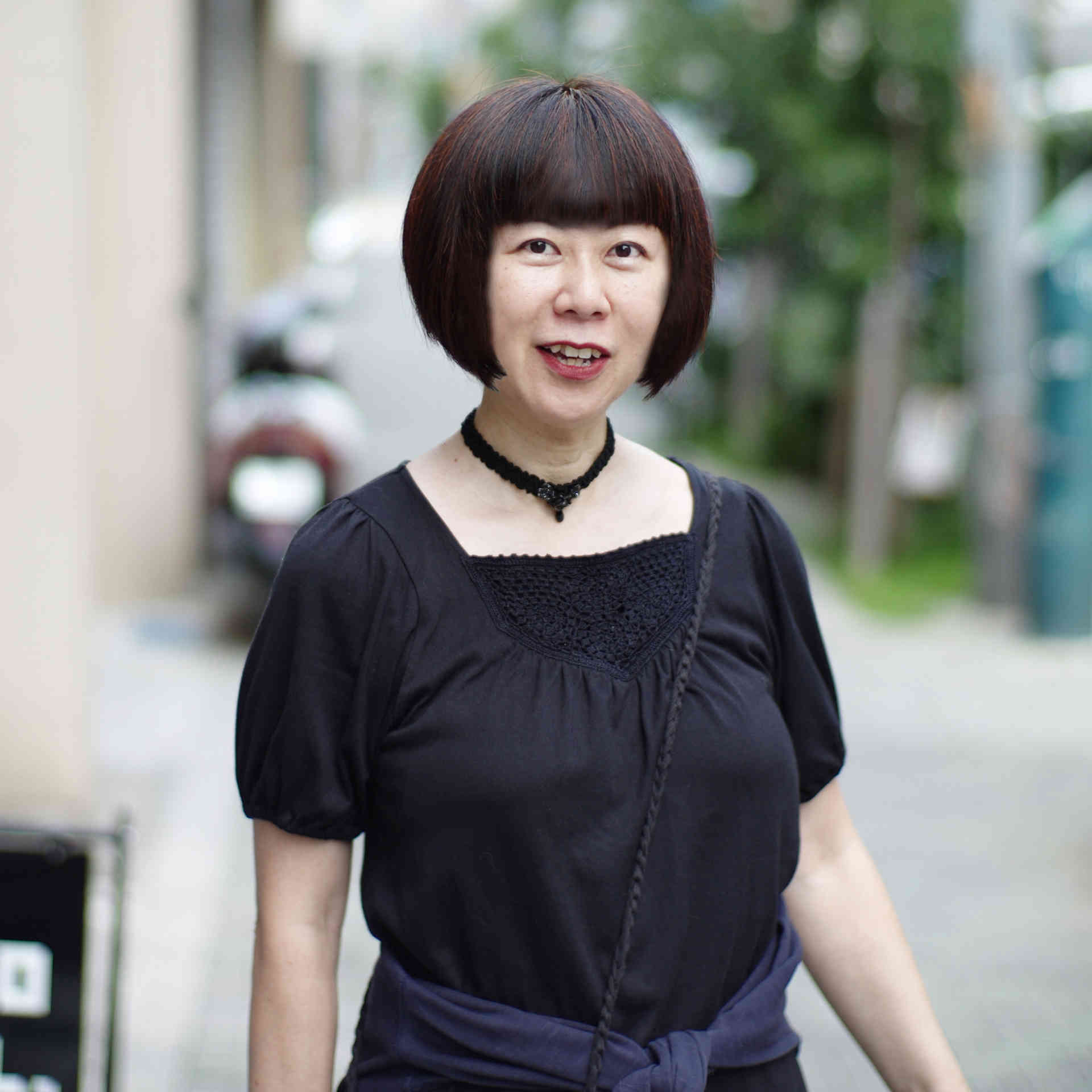It is said that there are areas where you can eat “soil” casually like a snack, all over the world. I’ve heard that there are cases where people instinctively want minerals and eat them due to anemia, but it was the first time to hear that people enjoy eating earth as a luxury item. If you look at your feet, there is so much ground, and wouldn’t you be excited to think that you can eat all of this for free?
A long time ago, I read in Hiroshi Motomiya’s manga “Great Famine” about how to survive the famine by drinking something called “earth porridge”, which is made by extracting only nutrients from the soil. I found it incredible that the ancestors had devised such a method from experience in the days when it was not possible to learn academic basis. The soil porridge is a wisdom to eat something that is not originally edible, which is called famine food to overcome emergencies where food cannot be secured.
At the same time Ainu people (native folks in the Northern Japan) use “diatomaceous earth” as their daily food. Diatomaceous earth is the Ainu word for “chi-e-toy,” which means “we, eat, and soil.” This “earth we eat” is boiled in water. After the petioles of Hanaud, young stems of urajirotade, and scales of black lily are crushed and added to it, along with animal or fish oil. This dish is known as “chikaripe” in Sakhalin. It seems that it was called “retaskep” in the northeastern part of Hokkaido and “rataskep” in the southwestern part.
The fact that the dishes are made with the same ingredients but have different names means that people in each village have noticed that diatomaceous earth can be eaten, and have evolved to suit their tastes by using the flora and fauna that can be harvested in that area as a “local dish”. They said the dish was “sweet” and “there is no better treat than this.”
In the tradition of Ainu diatomaceous earth is often mixed with edible wild plants. Using diatomaceous earth is effective in removing wild grass lye and neutralizing animal fish oil moderately. Furthermore, diatomaceous earth is said to have the effect of adding “thickness” to the soup.
I personally imagine that this “thickness” contributed to the feeling of fullness with a small amount of ingredients, as well as to maintaining the the soup warm, especially in extremely cold and difficult to keep enough food regions. In any case, I admire their experience and wisdom to maintain life in grueling conditions for surviving.

